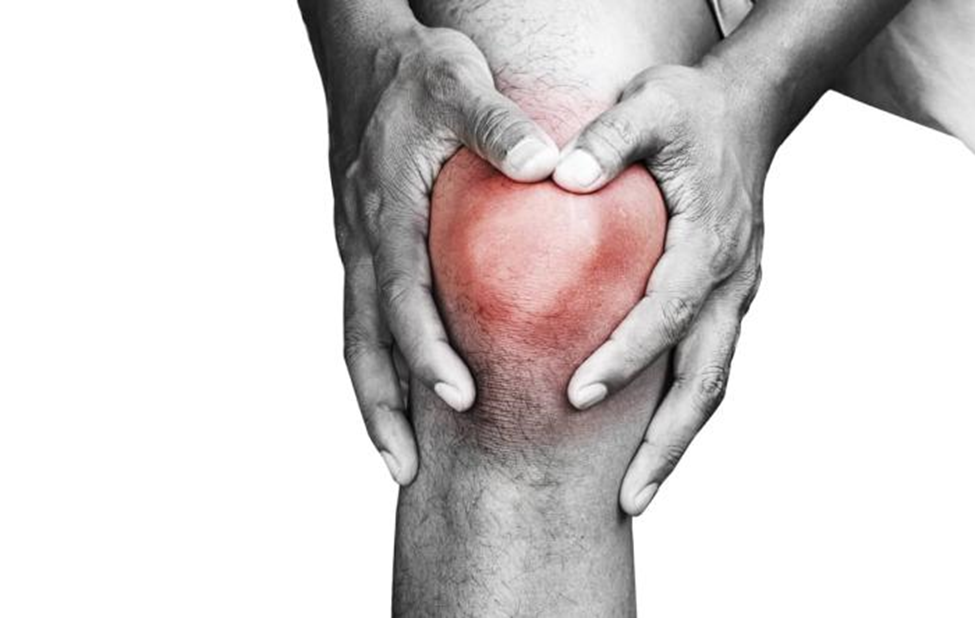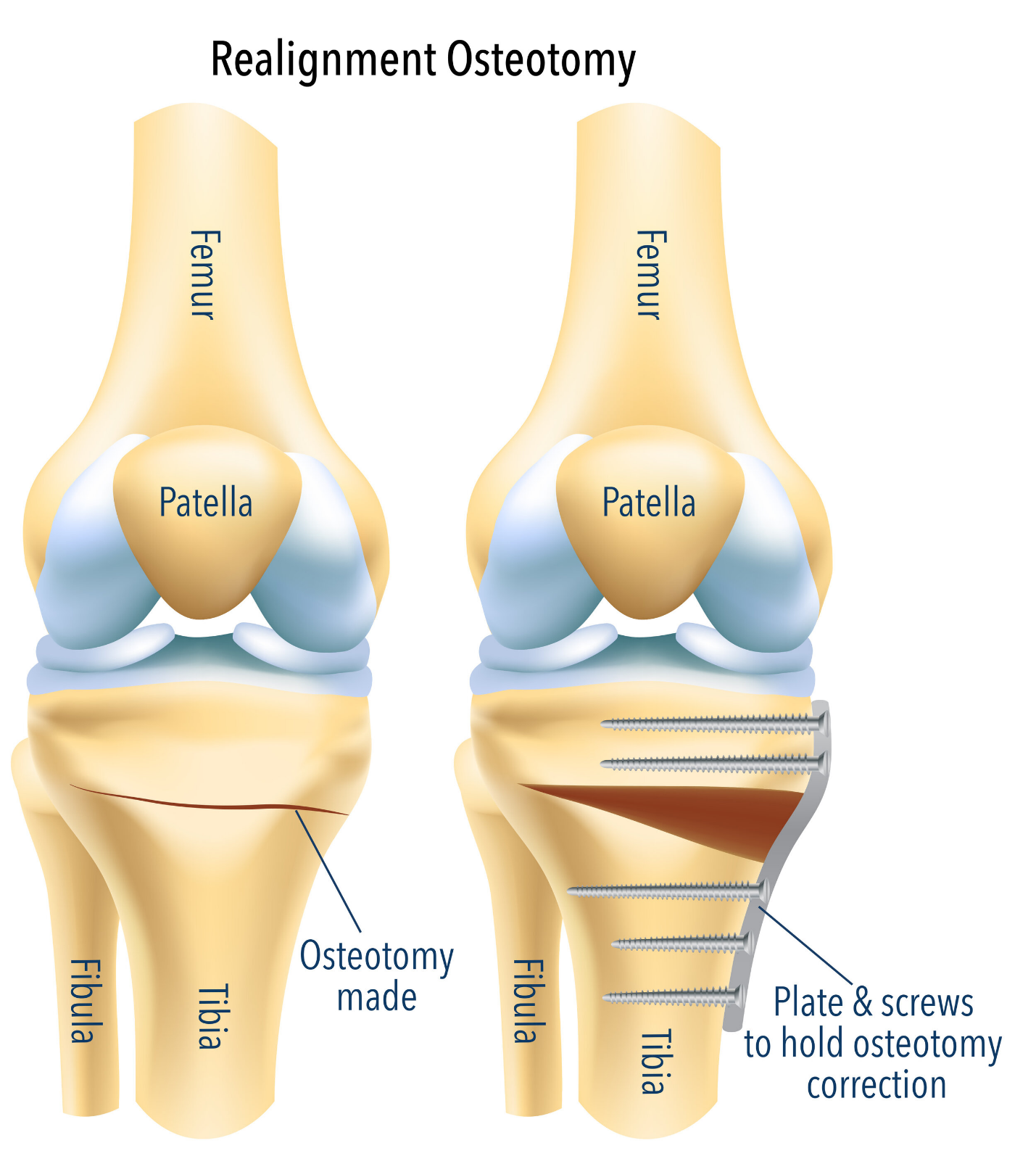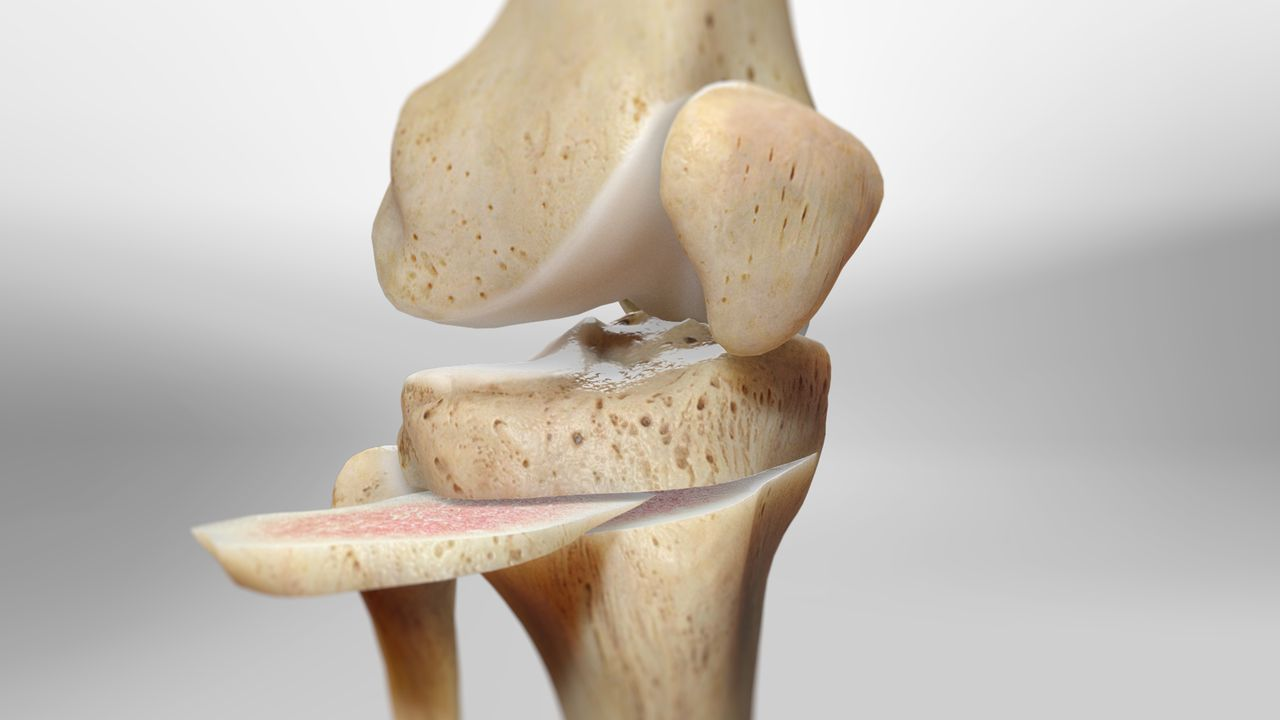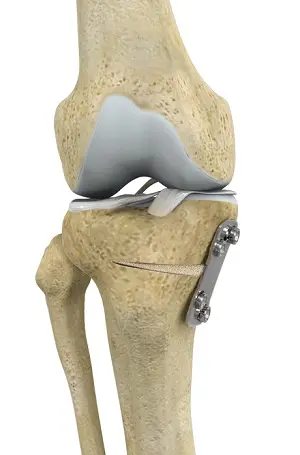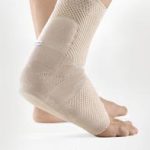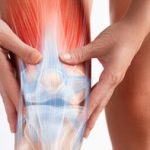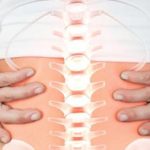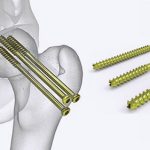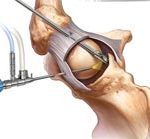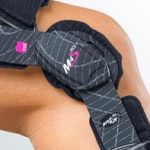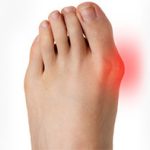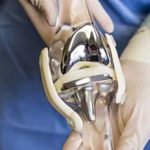KNEE OSTEOTOMY
What is an osteotomy?
An osteotomy is a surgical procedure that involves cutting bone (and sometimes adding bone tissue) to reshape or realign your bones.
Your surgeon can perform osteotomies on bones all over your body, including your jaw, elbow, spine, shoulder, hips, knees, legs, toes and feet. It’s a treatment for problems at your joints — the area where two or bones meet.
There are many types of osteotomy methods and variations of methods. They’re often named after the surgeon who created the method or by how the bone is cut and reshaped or adjusted.
Why is an osteotomy performed?
Your surgeon performs an osteotomy to:
- Correct the angle, bowing or rotation of your bones.
- Correct the alignment of a deformed or unjoined joint.
- Shorten or lengthen bones.
- Repair a damaged joint.
- Shift your weight from a damaged area of a joint to an area where there’s more normal or healthy cartilage.
- Relieve pain from osteoarthritis (especially in the knee and hip).
- Delay the need for joint replacement surgery in younger, active people.
- Repair or fix other specific bone issues.
How do I prepare for an osteotomy?
Your surgeon may order some routine tests to check your general health. These may include:
- Blood tests to check certain blood components levels and how well your organs are functioning.
- Urine tests to check your general health and to identify issues that interfere with bone healing, such as infection or diabetes.
- Electrocardiogram to check your heart’s electrical activity.
- Chest X-ray to make sure your lungs are properly functioning before surgery.
- X-rays or computed tomography (CT) scans to see your bones/joints to develop the surgical plan. Your surgeon needs to determine the exact size, dimension and angle of the bone section to remove. Sometimes the surgical plan is made using a computer to construct a 3D model.
Cost in Iran
Although knee osteotomy is performed in Iran at a high level of proficiency by one of the best orthopedic surgeons in the country, some economic factors relating to the low rates of the national currency against foreign currencies make this surgery very affordable in Iran. The cost of knee osteotomy in Iran ranges between $1,200 and $2,500 while the same surgery costs a very much higher sum in the USA and other western countries.
What happens during the typical osteotomy procedure?
First, you’ll receive anesthesia. Your surgeon may choose to:
- Numb only the surgical area (with regional anesthesia).
- Numb your body from the waist down (with spinal anesthesia).
- Put you to sleep (with general anesthesia).
- Numb the surgical site only (with local anesthesia).
Next, your surgical team uses an antibacterial solution to sterilize the area around the surgical site. A surgical cloth drapes the site.
Your surgeon makes a cut through your skin. They use guide wires to outline the area of bone to remove (often wedge-shaped, but depends on the procedure). A special surgical saw removes the outlined area of bone.
After your surgeon removes the section of diseased or damaged bone, the gap in your bone is closed by bringing the bone edges together. Depending on your specific osteotomy procedure, sometimes a bone graft is inserted into the space where the bone was removed. Pins, screws, staples, plates or rods hold the bone in place or realign the bone as it heals. This metal may be temporary or may be permanently placed.
What are the main types of osteotomies?
An osteotomy can fix many different types of bone and joint problems. These include:
Jaw osteotomy
A jaw osteotomy realigns the bones of your lower jaw (mandible) or upper jaw (maxilla) with the rest of your head and/or teeth. Jaw osteotomy fixes problems such as open bite, trouble chewing or swallowing, excessive teeth wear, receding chin, overbite or underbite. You may need to wear braces before or after surgery to realign your teeth with your jaw.
Terms or types of jaw osteotomy procedures include:
- Mandibular osteotomy. This is surgery on your lower jaw.
- Maxillary osteotomy. This is surgery on your upper jaw.
- LeFort osteotomy. This specific surgical technique fixes a fracture of your midface, which involves your upper jaw.
- Sagittal split osteotomy. This is a type of jaw surgery to move your lower jaw to better align with your teeth.
Chin osteotomy
A chin osteotomy reshapes your chin. Your surgeon usually performs a chin osteotomy to correct a vertically short chin, lengthen your chin or shorten a narrow chin. This surgery brings your chin forward or in other directions and is an alternative approach to a chin implant in some cases.
Chin osteotomies involve cutting your jaw bone and moving it. Your surgeon makes an incision through your mouth. Your lips may lose feeling for up to a few months.
Elbow osteotomy
An elbow osteotomy fixes elbow joint issues that cause alignment problems in your lower arm. Your arm hangs either too close to your body (cubitus varus) or is angled too much away from your body (cubitus valgus). These abnormal positions change the carrying angle of your elbow. There are many different osteotomy techniques, depending on the exact problem.
Spinal osteotomy
A spinal osteotomy corrects the alignment of the curves of your spine. Your spine’s natural curves help align your body’s center of gravity over your pelvis. Your pelvis is the bone structure in the lower part of your torso. If one or more spinal sections has too much of a curve or not enough of a curve, your spine becomes out of line. This can cause pain, make you tired and put pressure on internal organs. The goal of a spinal osteotomy is to achieve balance, relieve pain, and prevent recurrence or worsening of the deformity.
Your surgeon may consider osteotomy to correct an angle problem, such as a permanent forward bend that causes your chin to rest on your chest. This happens in ankylosing spondylitis. This is a type of arthritis that, in severe cases, causes areas of your spine to fuse together.
The main types of spinal osteotomy procedures are:
- Posterior column osteotomy. This surgery fixes an inward arching of your lower back (lordosis) and a forward curve of your upper spine (kyphosis). Ponte osteotomy is a specific technique to correct kyphosis.
- Smith-Petersen osteotomy. This specific technique corrects lordosis. By removing a section of bone from the back of your spine, your spine leans more toward the back.
- Pedicle subtraction osteotomy. This surgery corrects more severe (greater arching) lordosis in your lower spine.
- Bone-disk-bone osteotomy. This surgery corrects your spine above and below a disk. The surgery removes the disk and its adjacent endplate(s).
- Vertebral column resection. This surgery involves the complete removal of one or more vertebrae and provides the greatest correction. Due to the large amount of bone removed, your surgeon will fuse this area of your spine using a graft or metal cage.
Hip osteotomy
A hip osteotomy reshapes your hip socket (acetabulum) and/or head of your thighbone (femur head). This is your ball-and-socket hip joint. Your surgeon cuts, reshapes or partially removes bone tissue to realign the weight-bearing surfaces of the joint.
The main types of hip osteotomy procedures are:
- Periacetabular osteotomy. Your surgeon performs this osteotomy to fix hip dysplasia (a term for when your hip socket doesn’t fully cover the ball part of your upper thigh bone). Surgery cuts through a part of your hip bone, repositions it and secures it with screws.
- Femoral osteotomy. This surgery involves cutting and aligning your upper thigh bone (femur) to help restore hip function.
Knee osteotomy
A knee osteotomy involves cutting and reshaping one of the bones that meet under your kneecap — your shinbone (tibia) or thigh bone (femur). It’s usually done to correct damage from arthritis. The surgery realigns your knee joint, shifting the weight and the pressure from your knee’s damaged side to the healthy side. Osteotomy of the knee is usually done in the early stages of osteoarthritis when the damage is only on one side of the knee joint.
The location of the knee osteotomy depends on where the damage is. For example, in a high tibial osteotomy, cartilage damage tends to be on the inside of your knee. The surgery involves removing either a wedge of bone from the outside of your knee or opening up a wedge of bone on the inside of your knee, creating a straighter leg and preventing the progression of arthritis.
Some types of knee osteotomies include:
- Tibial osteotomy. This surgery corrects bowlegged alignment that’s putting too much stress pressure on the inside of your knee.
- High tibial osteotomy. This surgery realigns the knee joint in people who have knee arthritis. This surgery can prevent or delay the need for partial or total knee replacement.
- Fulkerson osteotomy. This is a specific technique that involves removing a part of your tibial tubercle (a specific area on your tibia). This changes where your kneecap tendon attaches to your tibia, taking pressure off your kneecap and preventing dislocation.
Big toe and foot osteotomies
A big toe (hallux) osteotomy removes bone from your big toe to straighten it. A heel (calcaneus) osteotomy is a procedure to reshape your foot to fix flat feet or a higher-than-normal arch.
A few of the specific osteotomy techniques that treat foot problems include:
- Chevron and Akin osteotomies. These procedures correct mild to moderate big toe alignment problems caused by bunions (hallux valgus).
- Dwyer osteotomy. This procedure reshapes your foot to reduce an abnormally high arch.
- Weil osteotomy. This procedure corrects claw toe and pain under the ball of your foot.
- Cotton osteotomy. This procedure helps create an arch in your foot.
What are the risks of undergoing an osteotomy?
The risks of an osteotomy include:
- Problems with anesthesia.
- Infection.
- Blood clots.
- Nerve or artery injury.
- Bones that don’t heal or align properly as they heal.
- Joint inflammation and stiffness.
- Long-term pain.
- Scar tissue.
What should I expect during recovery?
Recovery depends on the type of osteotomy, the specific surgical technique, the amount and severity of your bone damage and your strength and motivation.
It takes time for your bone to heal. You’ll feel soreness at the site of your surgery.
You may need a cast, splint or crutches to limit bone and joint movement, keep weight off the operative bone and allow your bones to heal in the correct position. You’ll typically wear the cast or splint or use crutches for weeks to a couple of months.
Physical therapy will begin soon after your surgery, even if you’re in a cast or splint. Physical therapy increases your joint strength and movement.
You may need to use crutches for several months if your surgery was on your knee or hip. You’ll have physical therapy to regain your strength and balance.
If you’ve had jaw osteotomy, your jaw is wired shut and you’ll be on a liquid diet for six weeks. If you’ve had an osteotomy on your big toe, you can’t wear shoes or drive for two to six weeks.
How can I help the healing process?
You can help the healing process by:
- Not smoking. Nicotine slows the healing process and may prevent your bones from fusing correctly.
- Eating a healthy, mostly plant-based diet, like the Mediterranean diet.
- Following your healthcare provider’s instructions.
- Maintaining a healthy weight.

